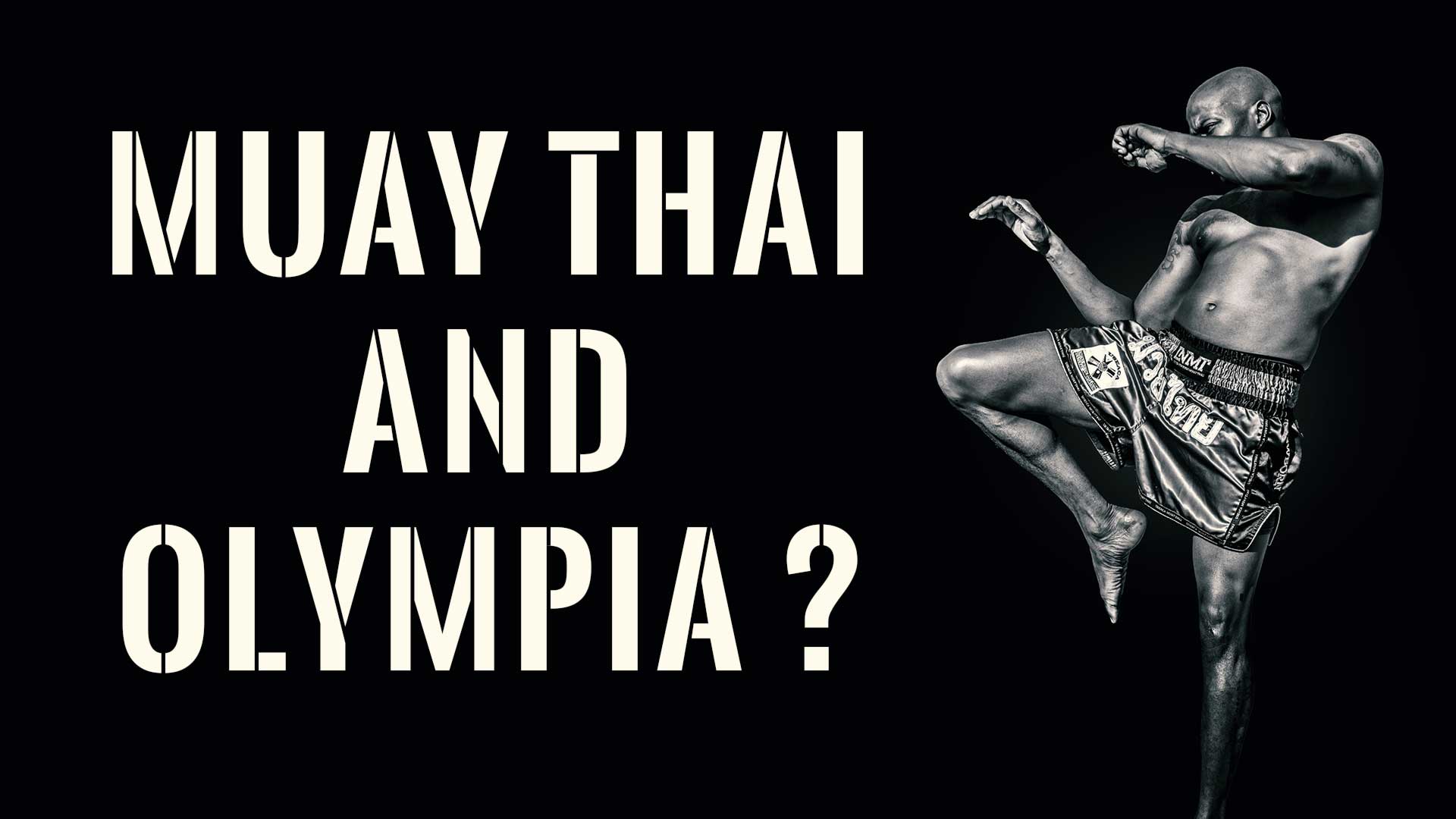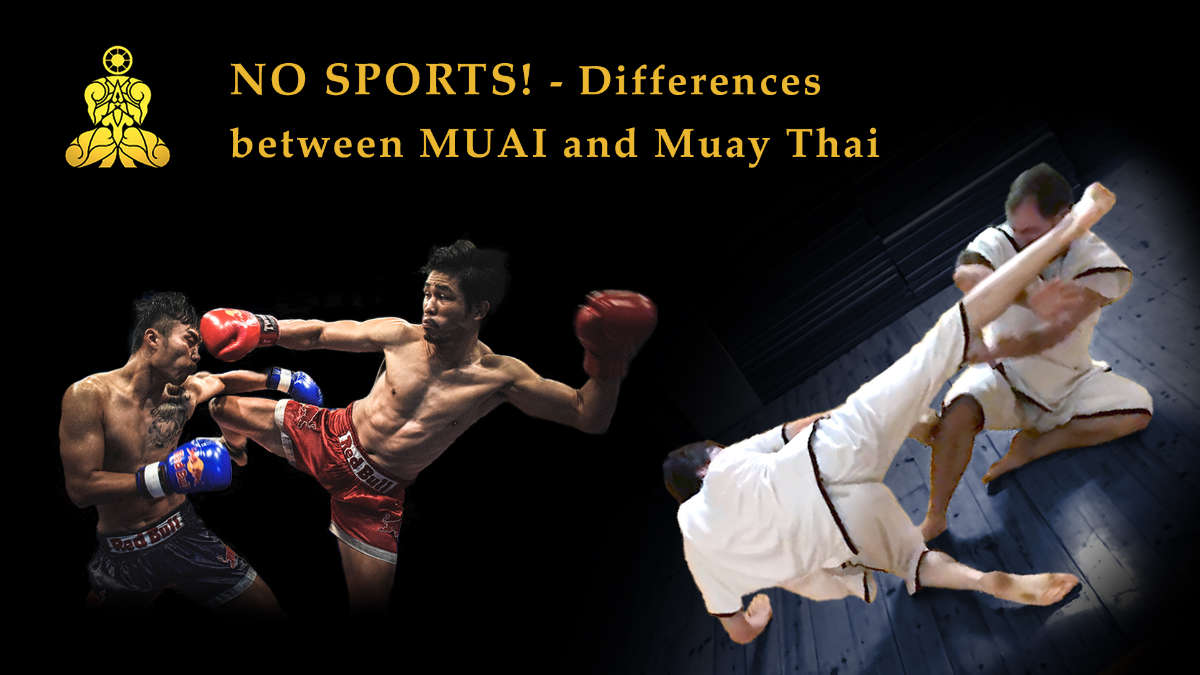Content
Background
The old teacher’s tactic demands the complete mastery of the MUAI, because the fighter must not lose track throughout the course of the fight and must keep in mind all the attacking and defensive techniques performed by the opponent in order to win the fight.
How to
Basically, the fighter mainly performs basic techniques (Mae Mai) in order to introduce a technical variant (Look Mai) only at a moment he has determined. Technical variants are carried out for the opening or termination of as well as as a technical combination (Mai Gon) with the respective basic techniques.
The variants are carried out in the form of different techniques in identical combat positions. The same variant is not used more than three times in a fight.
First technical variant
The first use of a technical variant is used to assess the knowledge and skills of the opponent. Its reaction decides on a repetition. The lower the response, the greater the likelihood of a repeat of the variant, especially if the opponent has reacted incorrectly.
Second technical variant
The second time, a technical variant is only half executed to check whether and to what extent the opponent actually has appropriate defense techniques. Only the approach alone allows conclusions to be drawn about the expected reaction of the opponent, but a complete execution, on the other hand, carries the risk of a disadvantage for the fighter.
Continuation
If the fighter has determined that his opponent is defenceless against the variant of technique, he keeps this in mind and continues the fight as before. Moreover, he will not repeat the same variant, but will proceed to weaken his opponent’s fighting ability.
On average, the fighter selects about three to five variants with which he wants to win the fight. Until his decision to end the fight, he will carry out further variants in order to gain new insights.
The more the opponent has to show his knowledge, the more the fighter enriches his own knowledge. Equivalent opponents, in turn, are able to set a trap for the fighter by letting a technique variant go through twice, only to derail them the third time. Both the fighter and his opponent will constantly strive to reveal as little knowledge as possible, to fake reactions, or to return a variant of the other like a mirror image.
Closure
In fights with an inferior opponent, this strategy will tend more towards a lecture (Sorn Muai), with the fighter choosing the time and techniques for the decisive strike. Here it is a rather playful fight, which means not only a defeat but also a severe humiliation to the defeated fighter (see loss of face).
Equivalent fighters, on the other hand, usually do not allow decisive actions during the entire fight. Instead, it remains more or less a draw. In such a case, the fighters will, of course, separate in mutual respect without achieving a victory or defeat.
However, if the fighter is very far superior to his opponent, he can finish the fight in two forms:
- The fighter will either execute a decision strike that has the appropriate severity as punishment for the insolence.
- The fighter gives his opponent a coup de grâce that gives the loser respect for the proven courage to fight.
Historical significance
In earlier times bets were placed on the successful implementation or thwarting of techniques. The outcome of a fight was secondary, because the real fascination was to see whether a fighter could successfully enforce his techniques and tactics or not. It was only through the industrialization of Muay Thai that the focus shifted to points, victories and defeats that were easy for the masses to understand.
For connoisseurs, an encounter of two fighters, both of whom were proficient in the old teacher’s tactic, must have been an absolutely outstanding event and a highly fascinating spectacle.
Recommended glossary entries



